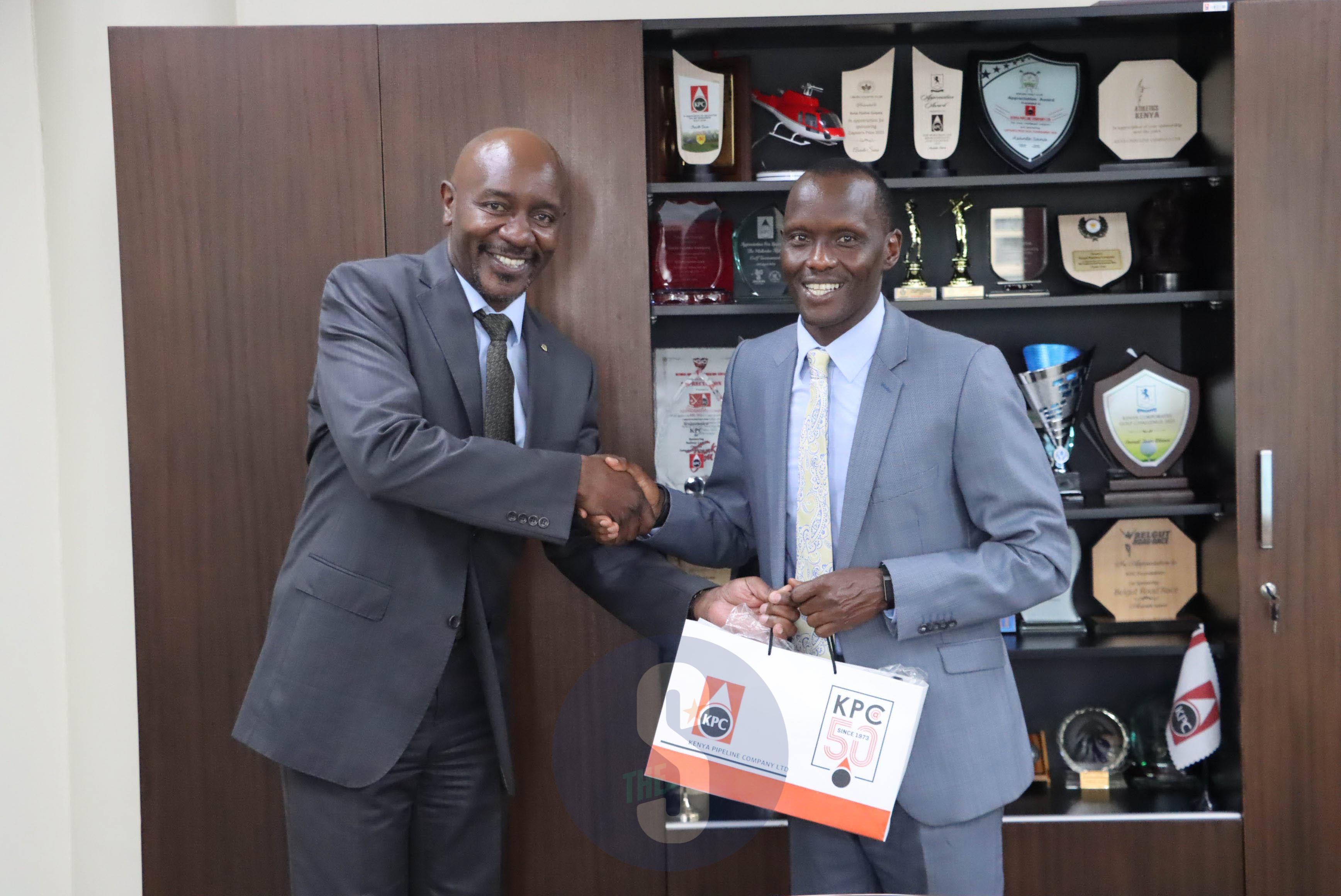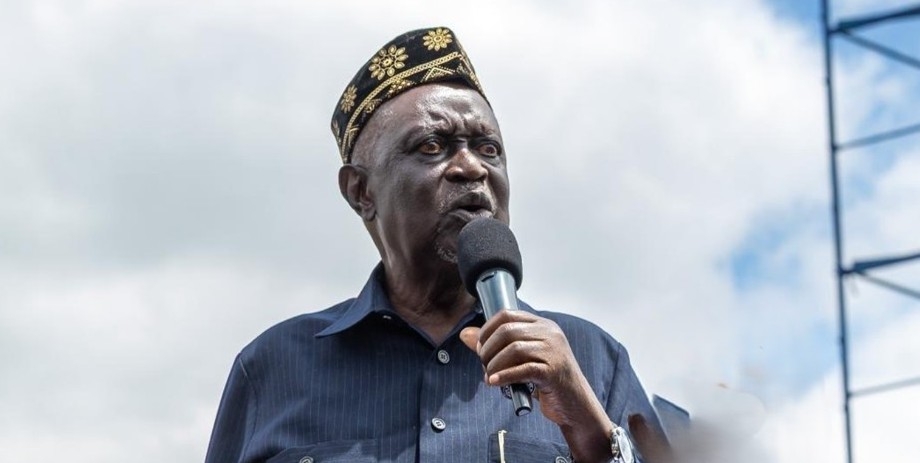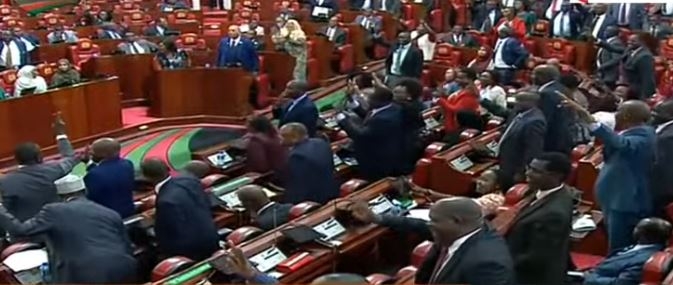Courts tend naturally to drama. But the Supreme Court’s current slightly theatrical, Covid-19 setting enhances this impression — rather than the sombre, wood-panelled courtroom where they would normally meet, but where the judges especially have to be much more cheek-by-jowl.
If you have any interest, you will already know that this week’s big case was about efforts — through the Building Bridges Initiative — to change the Constitution by means of a 'popular initiative'.
It would create a Prime Minister and two deputies, enable Cabinet ministers to come from Parliament, increase the minimum allocation of money to counties, guarantee the 'not more than two thirds gender rule' in Parliament, create 70 more constituencies, allocating them to counties, and so on.
You will also know that this is an appeal from the Court of Appeal. That court in August 2021 largely agreed with the High Court (in May) that the whole BBI amendment process was unconstitutional. This Supreme Court case is the second appeal, still trying to get the earlier courts’ decisions overturned.
WHAT IS THE CASE ABOUT?
You probably realise that the rights and wrongs of the issues about the Prime Minister and so on are not before the court. Indeed, I hope that a newspaper was wrong this week in suggesting that the Supreme Court would have a bit of dilemma because some ideas submitted by the Judiciary to the BBI team had been accepted in its proposals.
The last thing the judges ought to have on their mind is whether some good idea of theirs had been accepted and would be defeated if they agreed with the other courts.
I firmly believe – and not all would agree with me — that what lay behind the BBI was a scheme to get broad support for Raila Odinga as President in 2022. Much of the rest was there to get buy-ins from others, like counties and women.
But on reflection I am thinking it is much less about electing Raila now. Now, even if the Supreme Court reaches a different decision, it is probably too late to make constitutional changes before August this year, especially because a referendum would almost certainly be needed on some issues, and there would be court cases about that, too.
Raila is still saying he will revive the BBI when he is elected. He would, wouldn’t he, because he would still like those who supported him because of BBI to continue to do so into the August 2022 election.
Whether, if he is elected, he will be still be so committed to giving up some presidential powers to a Prime Minister, or giving up some money that could be spent by (his) national government to the counties is a different matter. Let us hope that, if he elected, he retains a commitment to — finally — deal with the gender issue, at any rate.
So what is it about now?
My suspicion is that it is as much about the powers of institutions like the National Assembly and the Senate. Those two court decisions said that some parts of the Constitution cannot be changed by the procedures in the Constitution.
They could be changed only by a radical process like that of the Constitution of Kenya Review Commission — a committee after public input, a constituent assembly and a referendum, and public participation at every stage.
But even more, maybe, it is to deal with those pesky judges who keep frustrating what those honest and patriotic politicians want to do.
It is not my intention to go into the central legal issues but watching the proceedings, I wondered what Kenyans who are not lawyers made of it. Those who watched the earlier court cases will have seen little new, of course.
FANCY DRESS
Some sort of formal dress is not uncommon for lawyers in many countries. Lawyers in court this week mostly wore black gowns and — where a tie would be with a suit — a pair of bits of white cloth (called bands). This under a collar that looked very stiff and was turned over to make a triangle shape at the front. It’s called a wing collar.
Apparently it dates from the 19th century. It’s pretty uncomfortable and has completely gone out of fashioning generally. The last person I saw wearing one (on an everyday basis) was my professor of legal history who looked like something out of Charles Dickens’ novels. But English barristers also still wear them.
The wigs - as worn on Day 1 by Githu Muigai — are even older. The French King Louis XIV — because he was balding — began to wear one in the mid-17th century. They became fashionable — for those who could afford fashion — soon after.
Some say they were useful for concealing lice, or baldness caused by syphilis. They were made of goat or horsehair and, because neither they nor their wearers were very hygienic, were powdered to help disguise the smell. They ceased to be fashionable by about 1820, but barristers in England clung on to them. They still do. A new one costs around £500 sterling or Sh77,000.
Chief Justice Willy Mutunga tried to persuade the judges and profession to move to simpler styles of robes with no wigs. But, after he retired, some more old-fashioned complexity returned. Even the occasional full bottom wig for a judge on formal occasions. These cost £3000 if made in London.
FANCY LANGUAGE
The case began with various lawyers asking for more time — or time. Everyone has given written arguments and vast quantities of background material to the court. But the arguments must be summarised orally. Each party is given a time limit. This is, as the court said, a very common practice.
One group called amici (amishi, amicki, amichi?) got no time to summarise their case. They protested. They are 'friends of the court', supposed to be there to help the court, not to take either side.
Other prominent bits of Latin includes stare decisis [starrey dessaizis]. It means, “Let the decision stand,” It refers to the rule of English law that the decision of law in an individual case on the particular matter may have effect beyond the facts of the case itself.
If the Supreme Court says that 'this is the law' on a particular point. all courts below it must accept the rule as correct. Even the Supreme Court should not change without good reason. Normally, a decision of the High Court about the law is not compelling on any other High Court in a similar case.
If it is drawn to their attention, they ought to consider it and only move from it if there is a good reason — this is the principle. For many years the Court of Appeal was the top court and did not have to apply its own legal ruling in a later case.
Now it should do so. The idea is try to get a balance between the law being stable and a bit predictable and some flexibility. It is what you sometimes hear called the 'doctrine of precedent'.
LORDS AND LADIES
Lawyers tied themselves in knots over several judges of each gender. “My Lady" [meaning the Chief Justice] and "My Lords” where there were three women on the bench. When the first woman High Court judge was appointed in the UK in 1964, the direction was first to call her “My Lord” and “Your Lordship”. This was greeted with the scorn it deserved and she became “Your Ladyship”.
Dr Mutunga wanted them all called “Your Honour", which is, among other things, gender neutral. But as soon as he retired, they reverted to being Lords and Ladies.
NON-LAWYERS
Two very eloquent people without robes also addressed the court – Dr Eboso and Mr Aluochier. It is a right to represent oneself — and is an important help to accessing justice.
This case is an example of public interest litigation — when people can bring actions to protect the Constitution even if they suffer no particular loss themselves (not necessarily without a lawyer, of course) — Article 258(2)).
(Edited by V. Graham)














